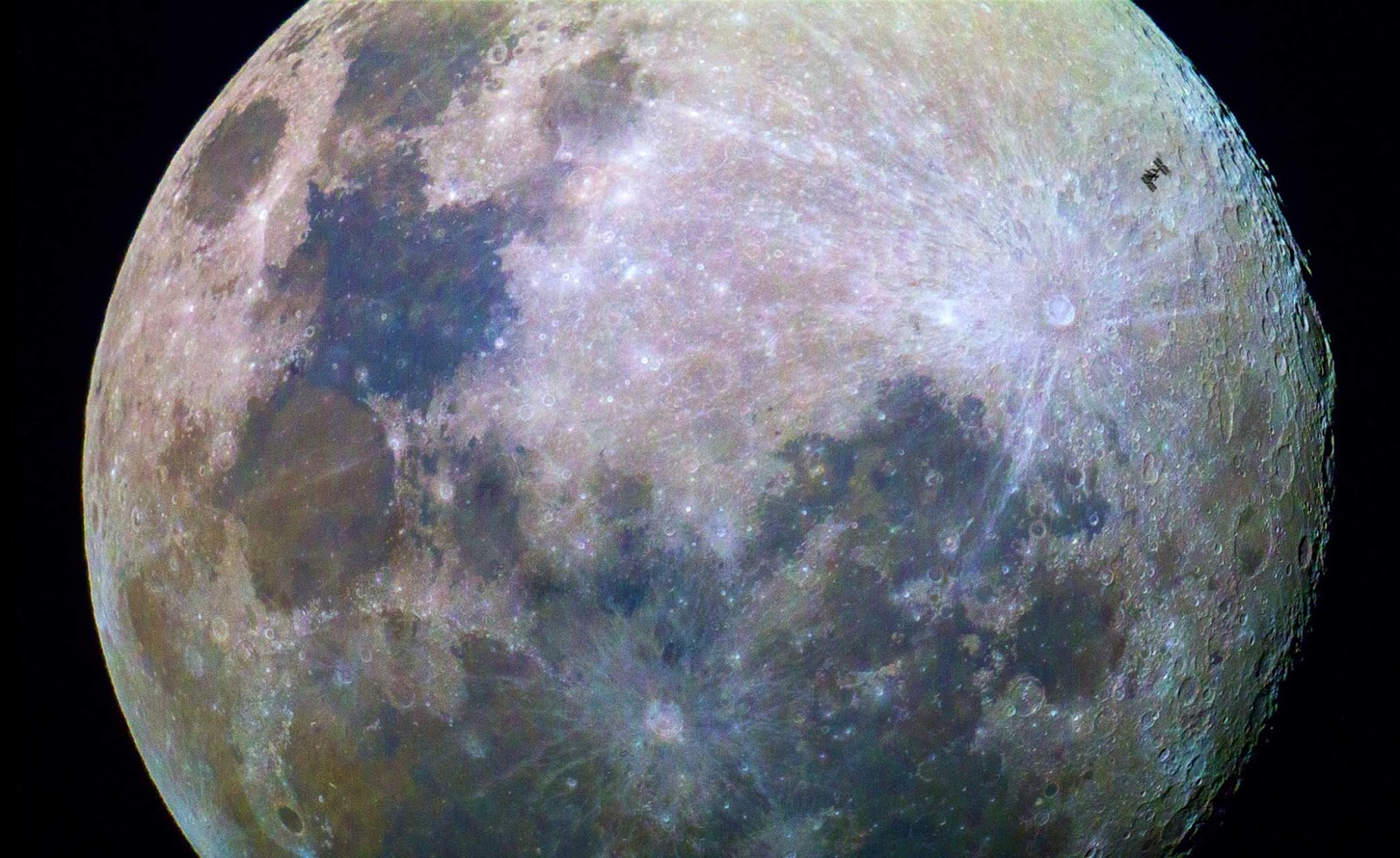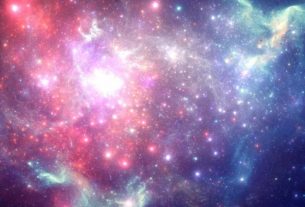Recently, researchers have found that Venus will the half-lit this week, so people get the view of the planet much like this illustration If you see by the backyard telescope. As we know, the Venus is the brightest planet and easy to find. THE GODDESS OF affection puts on her best appearance this week as Venus becomes the dominant focal point early Monday night and satisfies the name of night star.
On Monday, 1 June, the skywalkers can check Venus, named as a goddess of love, twining with two bright stars name Pollux and Castor.
For U.S viewers, the goddess of love “Venus” and a natural satellite “Moon” will look closer together from the west coast. No matter, what’s your location, head outside early in the evening, because the two bodies will set at around 10 p.m. local time.
The Twining of Moon and Bright Planet:
It is always simple to identify a planet when the moon is nearby, and many times these conjunctions will happen in this summer. Here’s a complete list.
● July 15: Tonight, the 3.5-day-old sickle moon will sit just to one side of Venus.
● July 20 – The planet Jupiter will be unmistakably put beneath the moon tonight.
● July 24 – As the waxing gibbous moon climbs the south-southeast sky tonight, observe Saturn sparkling beneath it.
● Aug. 14 – A 4-day-old bow moon will be balanced, high above Venus after nightfall tonight.
● Aug. 17 – Jupiter will be arranged a decent separation to the lower right of the moon.
● Aug. 20 – As obscurity falls, search for Saturn well to the lower left of a 75 percent enlightened gibbous moon.
● Sept. 13 – The 4.5-day-old sickle moon will pass well to the upper right of Jupiter in this current night’s sky.




